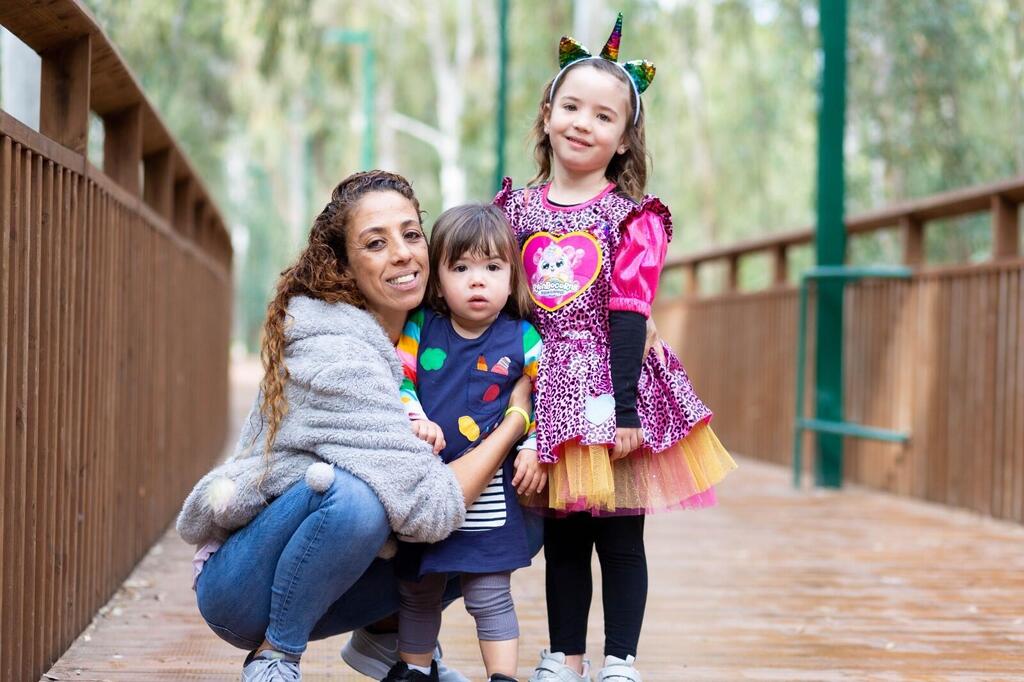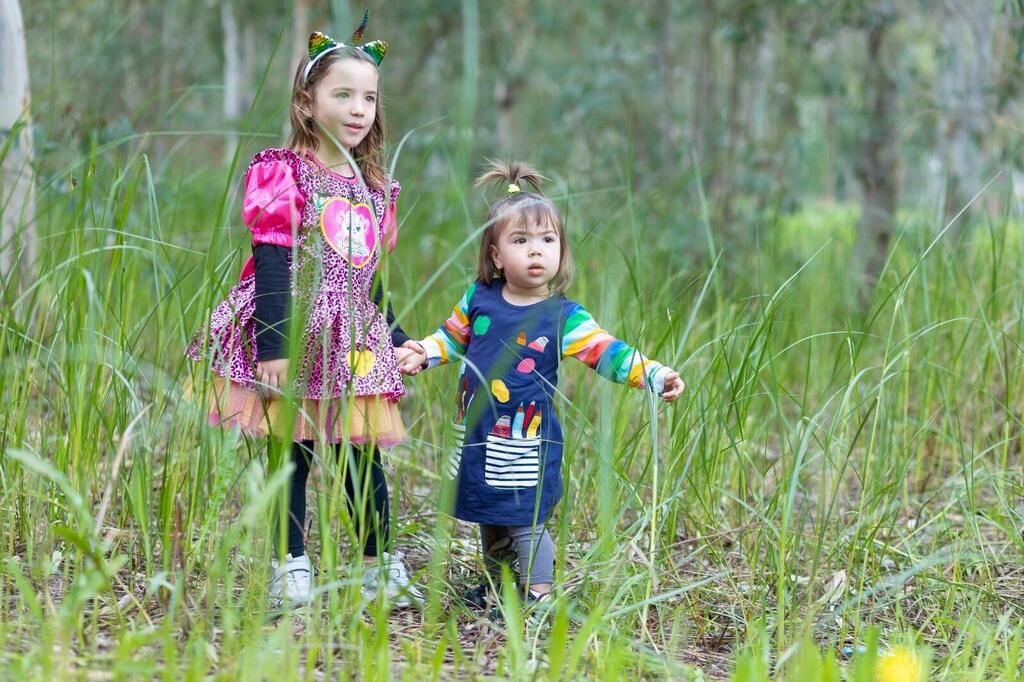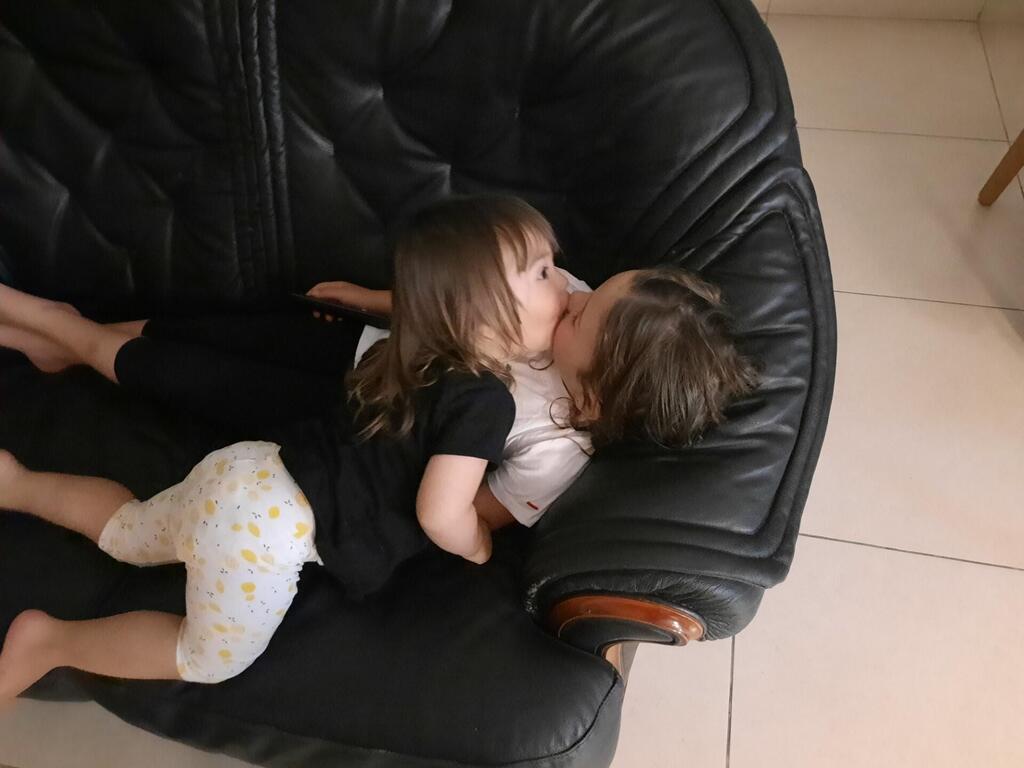Getting your Trinity Audio player ready...
For years, Maya Hajaj wanted her daughter Zohar to have a younger sibling but after dozens of attempts at the fertility clinic were unsuccessful. Before one final attempt, a forgotten frozen embryo from her first fertility treatment was found allowing Maya to successfully deliver her second daughter.
More stories:
Now at 48, Maya Hajaj is a single mother to five-year-old Zohar and two-year-old Gaia, a fact that she is not taking for granted.
"I studied education and ran a successful private kindergarten. Although I loved children very much, I didn't feel that I wanted any of my own. It was easier for me to take care of other people's children," she says.
"As I approached my 40th birthday, my sister said that after I had taken care of other people's kids it was time for me to raise my own children. "I don't know what in the conversation did it, but it changed something in me. I realized it was now or never."
How did you start the procedure?
"I underwent intrauterine insemination (IUI) for a year, where the sperm is injected directly into the uterus. My body didn’t respond well to the hormones I was given, to increase the number of eggs, and even when I became pregnant, the fetus didn’t develop,” she said.
“At the age of 41, I realized that I’d lost precious time. I told the professor that I couldn't wait any longer and that I wanted to move on to IVF treatments. In order to expedite the process and make the most of my time, I chose private care that I paid for myself. A year later, at 42, I gave birth to my daughter Zohar."
Maya didn’t plan on having any more children, but it was her experience as a mother that changed her mind. "When Zohar was a year and four months old, I decided to go back for more treatments. It was a decision that developed over the months. I realized I didn’t want her to grow up alone,” she said. “I decided to give up on a romantic relationship as well because bringing a child into the world is a job that doesn't leave much room for anything else. I gave up on my personal life so that Zohar could have a sibling."
But at 43, the process did not become any easier for Maya. "I was going to treatments for four years, underwent more IVF procedures, changed sperm donors, and implanted embryos every month. I didn't stop, even after dozens of failed attempts,” she said.
After several challenging years, Maya reached a point where she had only one more embryo left to implant. "When you reach the age of 45, government funding for the procedure is cut, and private IVF treatments cost 30,000 shekels (over $8,000.)
Thinking she had reached the end of the road, Maya was told an embryo from her first treatment, five months previously, had been found. "The embryo was from the same donor I used, to have Zohar. It was her twin embryo that was frozen and forgotten."
What does this mean exactly?
"At the time, about 25 embryos were fertilized in the procedure. Two of them were returned to me, and they were supposed to be twins, but one miscarried at 13 weeks, leaving only Zohar,” she said. “the remaining 23 embryos were frozen, and every month, over a 2-year period, I implanted one before changing treatments and donors.
How did you tell Zohar about her sister?
"To be honest, I didn't tell her; it's like she knew on her own. I believe children know and sense things, and that we should share with them and not hide from them. At the same time, telling a four-year-old that I’m pregnant and that she's going to have a brother or sister is a very big thing and may be overwhelming for a young child.”
"Zohar sensed I was pregnant from the start. She hugged and kissed my belly even before I received my test results. Since I’ve gone through so many failed attempts, I didn't believe it would actually happen. But eventually, Zohar's little sister, Gaia, was born.”
Do you see the connection between them?
"Definitely. They’re very similar in appearance, but most importantly, they are amazing sisters to each other. Zohar adores Gaia, and Gaia idolizes her older sister. It makes me very happy."





